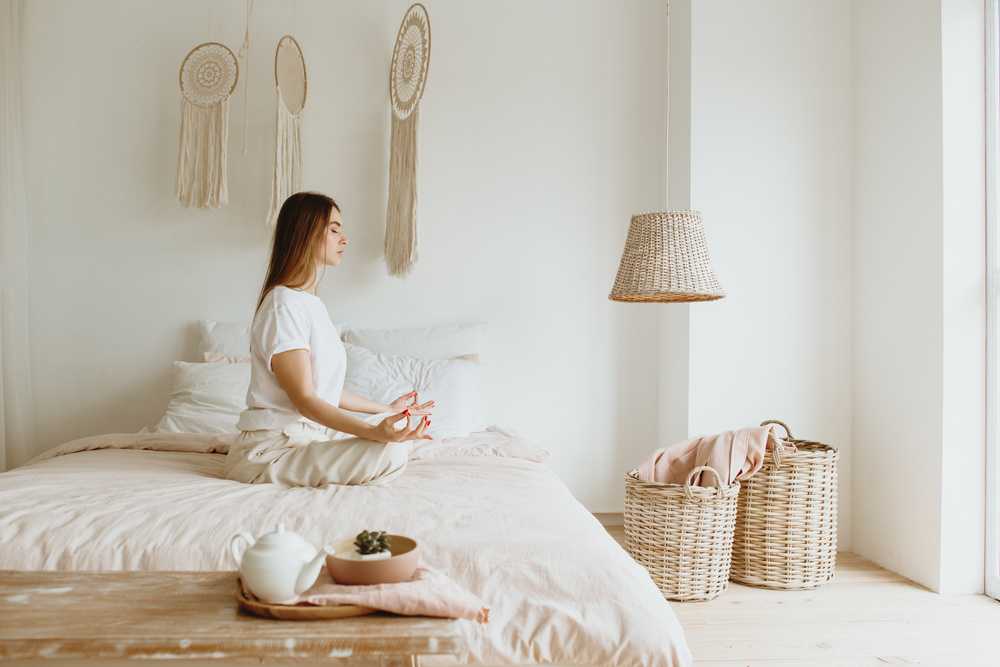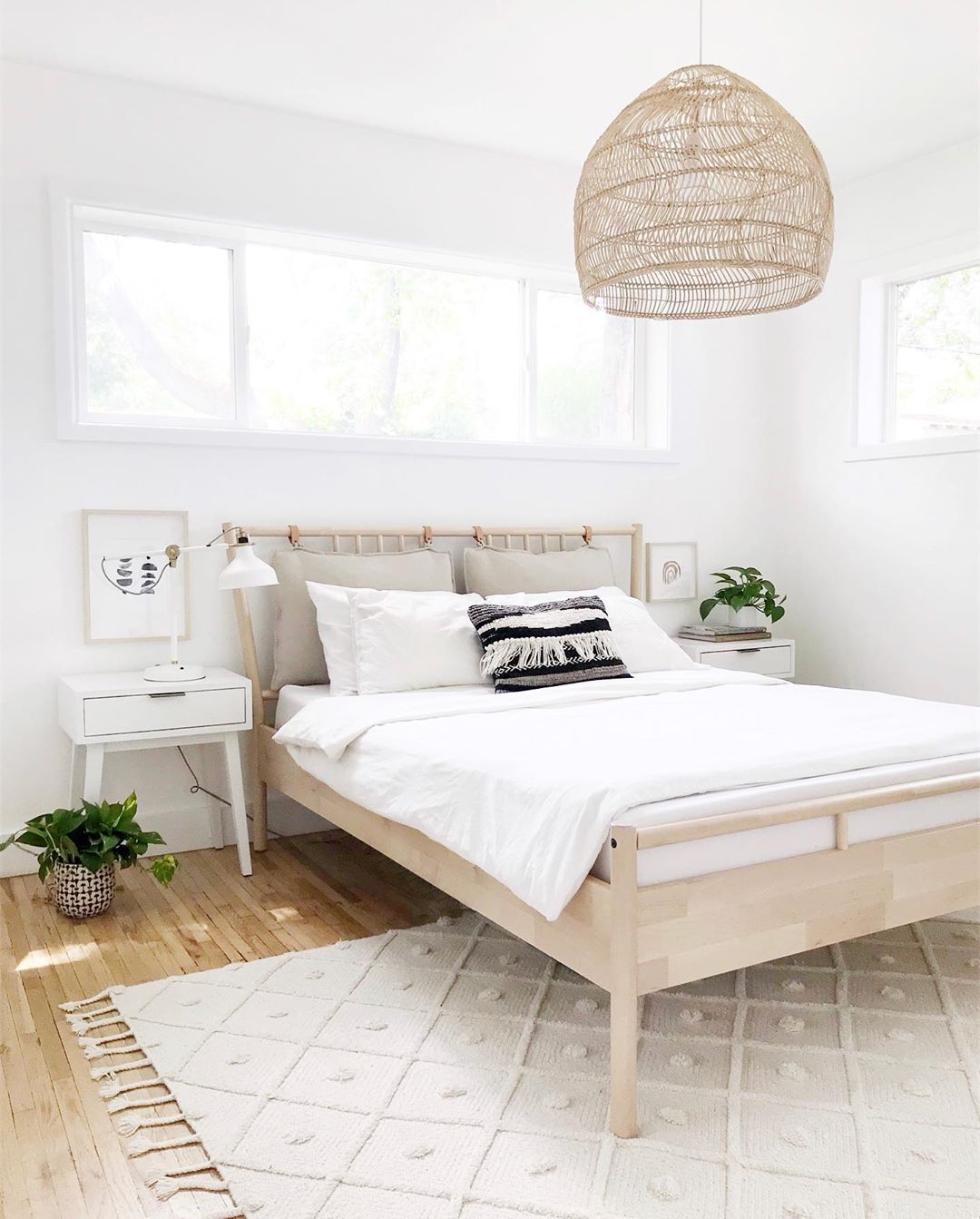Beds as Wellness Sanctuaries: The Rise of 'Bed-Rotting' Culture
Beds as Wellness Sanctuaries: The Rise of 'Bed-Rotting' Culture
Table of Contents

In a world that glorifies constant productivity and hustle culture, a surprising wellness trend has emerged from Generation Z: bed-rotting. This intentional practice of spending extended periods in bed for rest and rejuvenation is transforming how we view our bedrooms—from simple sleeping quarters to personal wellness sanctuaries.
What Is Bed-Rotting?
Bed-rotting, despite its somewhat negative-sounding name, refers to the deliberate act of staying in bed for hours or even entire days, engaging in low-energy activities like reading, journaling, watching movies, or simply resting. Unlike depression-related bed confinement, this trend represents a conscious choice to prioritize rest and mental restoration.

The phenomenon gained massive traction on social media platforms, with #bedrotting accumulating millions of views on TikTok. Young adults, particularly those experiencing burnout from demanding careers and social pressures, have embraced this practice as a form of radical self-care.
The Psychology Behind the Trend
Rebellion Against Hustle Culture
Bed-rotting represents a direct counter-movement to society's obsession with productivity. Mental health professionals note that this trend reflects a healthy rebellion against the toxic belief that worth is measured by constant achievement and activity.
Post-Pandemic Lifestyle Shifts
The COVID-19 pandemic fundamentally changed our relationship with home spaces. Bedrooms became multi-functional environments—offices, entertainment centers, and safe havens. This transformation normalized spending more time in bed and viewing it as a legitimate space for various activities.
Digital Detox and Mindfulness
Many practitioners use bed-rotting as an opportunity to disconnect from overwhelming digital stimulation. The practice encourages mindful awareness of physical comfort and mental state, promoting a slower, more intentional lifestyle.
Wellness Benefits and Mental Health Impact

Stress Reduction and Nervous System Regulation
Extended periods of rest activate the parasympathetic nervous system, responsible for the body's "rest and digest" functions. This physiological state promotes:
- Reduced cortisol levels
- Lower blood pressure
- Improved immune function
- Enhanced emotional regulation
Mental Health Benefits
When practiced mindfully, bed-rotting can provide significant psychological benefits:
- Anxiety reduction: Creating a safe, controlled environment helps manage overwhelming feelings
- Improved self-awareness: Quiet time allows for introspection and emotional processing
- Enhanced creativity: Rest periods often lead to increased creative thinking and problem-solving abilities
- Better sleep quality: Establishing positive associations with bed and rest improves overall sleep hygiene
Creating Your Perfect Bed Sanctuary
Essential Elements for a Wellness-Focused Bedroom
Lighting Design: Invest in layered lighting options including warm-toned bedside lamps, dimmable overhead fixtures, and blackout curtains. Natural light exposure during appropriate hours helps regulate circadian rhythms.
Comfort Maximization: High-quality bedding made from breathable materials like organic cotton or bamboo creates an inviting environment. Layer textures with throw blankets, supportive pillows, and a mattress that promotes proper spinal alignment.

Air Quality and Temperature: Maintain optimal sleep environment conditions with temperatures between 65-68°F (18-20°C). Consider air purifiers with HEPA filters and humidity levels around 40-50%.
Sensory Enhancement: Incorporate calming scents through essential oil diffusers or natural candles. Choose fragrances known for relaxation properties like lavender, chamomile, or sandalwood.
Technology Integration
While bed-rotting often involves digital activities, create boundaries to maintain wellness benefits:
- Use blue light filtering glasses or device settings after sunset
- Designate phone-free time periods
- Choose content that promotes relaxation rather than stress
- Consider audiobooks or calming music instead of visual media
How to Practice Healthy Bed-Rotting
Setting Boundaries and Time Limits
Mental health experts recommend limiting bed-rotting sessions to prevent potential negative effects:
- Duration: Keep sessions between 2-4 hours on weekdays, up to a full day on weekends
- Frequency: Practice 1-2 times per week maximum to maintain balance
- Activities: Choose restorative activities like reading, gentle stretching, meditation, or creative pursuits
Warning Signs to Monitor
While bed-rotting can be beneficial, watch for concerning patterns:
- Inability to engage in normal daily activities
- Persistent feelings of sadness or hopelessness
- Social isolation lasting more than a few days
- Loss of interest in previously enjoyed activities

Combining with Other Wellness Practices
Enhance the benefits of bed-rotting by incorporating:
- Breathwork: Practice deep breathing exercises or guided meditation
- Gentle movement: Bed-friendly yoga poses or stretching routines
- Gratitude journaling: Reflect on positive aspects of life and personal growth
- Hydration and nutrition: Keep healthy snacks and water nearby
Frequently Asked Questions
Is bed-rotting the same as depression?
No, bed-rotting is a conscious wellness choice, while depression-related bed confinement feels involuntary and distressing. Healthy bed-rotting is refreshing and restorative, whereas depression creates feelings of hopelessness and inability to function.
How often should I practice bed-rotting?
Mental health professionals recommend limiting bed-rotting to 1-2 times per week, with sessions lasting 2-4 hours on weekdays or up to a full day on weekends. The key is maintaining balance with other life activities.
What activities are best for bed-rotting?
Choose restorative activities like reading, journaling, gentle stretching, meditation, listening to calming music, or watching uplifting content. Avoid stressful activities like work emails or anxiety-inducing social media.
Can bed-rotting improve my sleep quality?
When practiced mindfully, bed-rotting can create positive associations with your bed and rest, potentially improving sleep quality. However, avoid bed-rotting close to bedtime to prevent sleep disruption.
What should I do if bed-rotting becomes excessive?
If you find yourself unable to leave bed for days, losing interest in activities, or experiencing persistent sadness, consult a mental health professional. These may be signs of depression rather than healthy self-care.
Ready to transform your bedroom into a wellness sanctuary? Share this article with friends who need permission to prioritize rest, and start your own mindful bed-rotting practice today. Your mental health will thank you!
Share this article:
Help others discover the wellness benefits of intentional rest by sharing this guide to healthy bed-rotting practices!